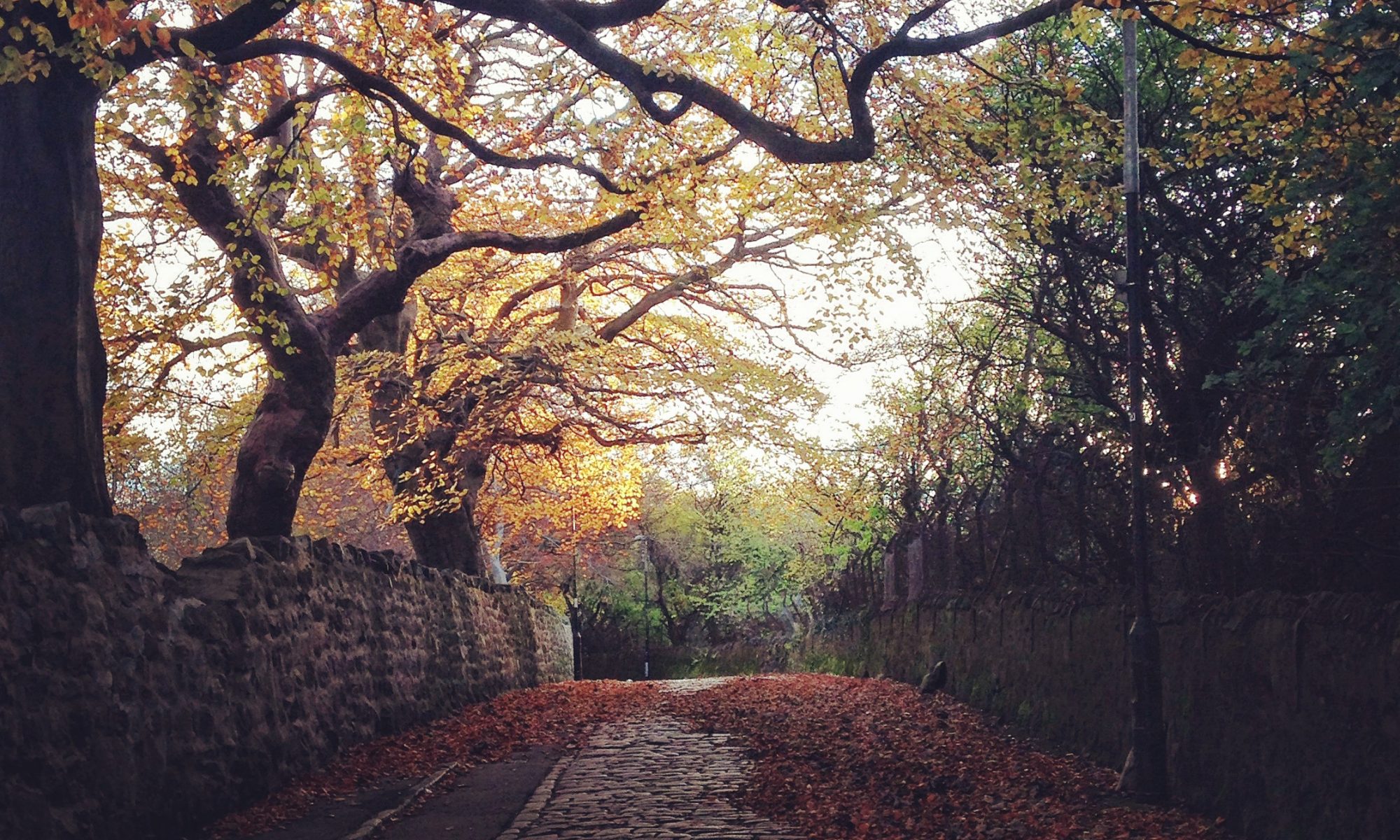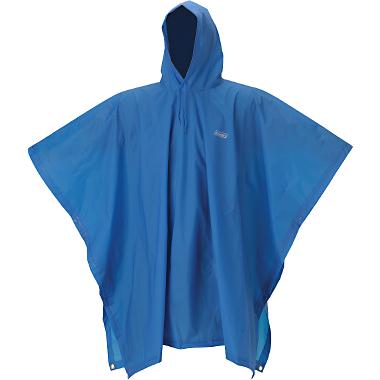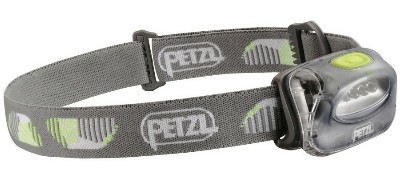In a few days, I’ll be heading out west to enjoy Spring Break in the magical winter wonderland that is the Colorado Rockies. I’ve been spending some portion of time in the mountains nearly every winter for going on three decades. It is funny to see how the ski-scene has changed over time. Resorts have gradually (d)evolved from quaint mountain towns to something more akin to Disneyland. The change has also meant that all things skiing are more expensive… lift tickets, lodging, food, and most importantly… clothing.
I don’t actually remember having worn scotch-guarded jeans, but I’m certain that some point in my years of skiing that I did, and did so unashamedly. These days, it would be beyond unfathomable that I would don denim to spend a day on the slopes. I know full well that the problem is with me, not the jeans. Nevertheless, over the years, gear-snobbery has gotten the best of me, and so now my clothing must have a water-proof breathable membrane in order to spend a sunny afternoon at my ski resort of choice. Never you mind that the mountain is largely a manicured playground with scores of lodges, restaurants, and warming huts to find shelter. That doesn’t keep me from wearing clothing that is more suited for Everest than Winter Park.
Ok, having recognized the ridiculousness of the outerwear obsession, I think there is a simple clothing guideline that can help to insure a comfortable day in the mountains. It is called layers. I live by a pretty strict “three layer rule.” Rarely more or less. I know that other people do it differently. Alison is more like four layers. Her mother is more like six. But I’m convinced that any temperature and conditions can be met with the right three layers.
Layer 1 – THE BASELAYER – Fitted, but not restricting. Comes in a variety of thicknesses. Either in synthetic materials (every company has a different name for their polyester top, but in the end it is all polyester) or wool. Synthetics move moisture quicker and dry out faster than wool. Wool retains warmth even when wet and is less likely to hold stink. I prefer wool.
Layer 2 – THE MIDLAYER – The bulk of your warmth comes from this layer. In cool conditions, it might be a light fleece or sweater. In bitter cold, a thicker fleece or even down jacket.
Layer 3 – THE SHELL – This is the one that typically blocks wind and water. While Gore-tex remains the reigning champ, other materials are becoming more popular. eVent is similar to Gore-tex (some say better) and is for the moment, slightly cheaper. But it is softshells that are all the rage. Less stiff and noisy. More breathable. And stretchy. I wouldn’t take a softshell for a three month trek on the notoriously wet Appalachian trail, but honestly there is no danger of that happening anytime soon. For the typical snow conditions found in the Rockies, most any jacket will do.
So that’s it… the “three-layer-rule.” N.B. The bottom half doesn’t need as much. Two layers will typically do here.
But to answer the question, “does cotton really kill?” Of course, the answer is “no.” Not really. However, cotton absorbs moisture easily (read “soaked with sweat and snow”) and wet translates into cold. In Park City, not that big a deal. On Denali, not a good idea. For the average skiier, the only thing cotton kills is our sense of fashion. While you may think blue jeans and a hoody from your alma mater is cool out on the slopes… it’s not.
 This does exactly what you think it might. Keep you dry in the rain.
This does exactly what you think it might. Keep you dry in the rain.






